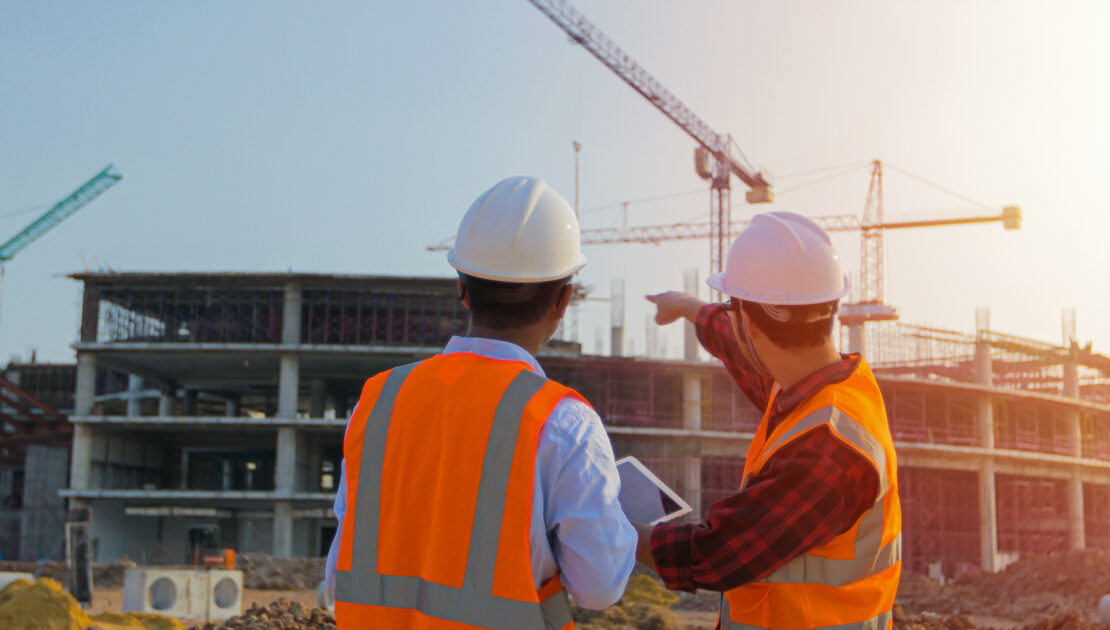Statewide California Construction Employment: How Has it Fared with COVID-19?

STATEWIDE CALIFORNIA CONSTRUCTION EMPLOYMENT: HOW HAS IT FARED WITH COVID-19?
Construction employment declined in more than nine out of 10 metro areas from March to April, a time when industry employment typically increases in most locations, an analysis by the Associated General Contractors (AGC) of America of new government data shows.
The San Francisco area showed a dramatic 28 percent decline in construction employment, dropping to 30,100 from 42,000 in a matter of weeks. Similar job loss percentages (27 percent) were reported in Oakland in the Bay Area. Other California communities showed painful, but relatively less severe, job losses.
Here are is the data for individual regions, with the number of employees in March, April, the percentage change and the number of employees added (or lost), and the national ranking.
- California Statewide Construction 85,850 86,470 1% 620
- Statewide Mining, Logging, and Construction 88,040 88,690 1% 650
- Anaheim-Santa Ana-Irvine Div. Construction 100,600 95,000 -6% -5,600 121
- Bakersfield Construction 16,300 14,700 -10% -1,600 197
- Chico Mining, Logging, and Construction 4,300 4,000 -7% -300 144
- El Centro Mining, Logging, and Construction 1,900 1,800 -5% -100 98
- Fresno Construction 18,300 17,500 -4% -800 75
- Hanford-Corcoran Mining, Logging, and Construction 1,000 900 -10% -100 197
- Los Angeles-Long Beach-Glendale Div. Construction 148,900 127,500 -14% -21,400 262
- Madera Mining, Logging, and Construction 2,000 1,700 -15% -300 267
- Merced Mining, Logging, and Construction 2,700 2,400 -11% -300 216
- Modesto Mining, Logging, and Construction 10,300 7,200 -30% -3,100 327
- Napa Mining, Logging, and Construction 4,700 4,200 -11% -500 216
- Oakland-Hayward-Berkeley Div. Construction 74,000 53,700 -27% -20,300 321
- Oxnard-Thousand Oaks-Ventura Construction 17,000 16,000 -6% -1,000 121
- Redding Mining, Logging, and Construction 3,500 3,300 -6% -200 121
- Riverside-San Bernardino-Ontario Construction 103,900 90,200 -13% -13,700 250
- Sacramento–Roseville–Arden-Arcade Construction 65,300 57,800 -11% -7,500 216
- Salinas Construction 6,800 4,800 -29% -2,000 325
- San Diego-Carlsbad Construction 80,200 75,700 -6% -4,500 121
- San Francisco-Redwood City-South San Francisco Div. Construction 42,000 30,100 -28% -11,900 324
- San Jose-Sunnyvale-Santa Clara Construction 50,000 34,600 -31% -15,400 331
- San Luis Obispo-Paso Robles-Arroyo Grande Mining, Logging, and Construction 8,200 7,800 -5% -400 98
- San Rafael Div. Construction 7,200 6,400 -11% -800 216
- Santa Cruz-Watsonville, CA Mining, Logging, and Construction 4,500 4,100 -9% -400 181
- Santa Maria-Santa Barbara Construction 8,500 7,800 -8% -700 161
- Santa Rosa Construction 17,100 12,700 -26% -4,400 317
- Stockton-Lodi Construction 12,500 11,700 -6% -800 121
- Vallejo-Fairfield Construction 12,400 11,600 -6% -800 12
- Visalia-Porterville Mining, Logging, and Construction 6,500 6,300 -3% -200 59
- Yuba City Mining, Logging, and Construction 3,000 2,700 -10% -300 197
New federal transportation funding could help restore many lost construction jobs, but cautioned that new legislation released recently by House Democrats includes new regulatory measures that could undermine the broader goals of the measure.
“Today’s employment report shows how few areas were left unscathed by April’s unprecedented job losses,” said Ken Simonson, the association’s chief economist. “Sadly, our latest survey shows project cancellations are escalating, making further job losses inevitable unless there is funding for widespread new projects.”
The economist said construction employment declined between March and April in 326, or 91 percent, out of 358 metro areas and increased in only 20 areas (6 percent). Industry employment was unchanged in 14 areas. Over the previous 30 years, 75 percent of metro areas added construction jobs from March to April, on average, while 12 percent of metros shed jobs.
Association officials said new federal infrastructure investments in roads, bridges, transit and rail systems, like those proposed in a new transportation bill released today by House Democrats, would provide a needed boost to construction employment in many parts of the country and support a broader economic recovery. But they cautioned that new programmatic and regulatory requirements in the measure could undermine some the bill’s potential economic benefits. They urged Congressional leaders to work in a broad, bipartisan manner to rapidly pass a measure that expands highway capacity, improves bridges, builds transit and rail systems and supports long-term economic growth before current legislation expires.
